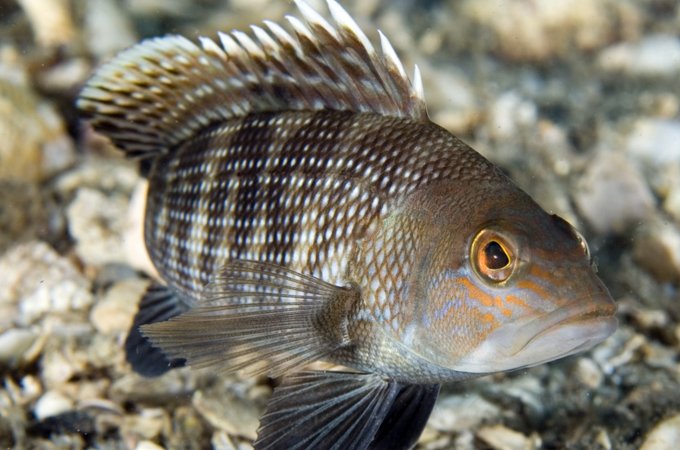Mid-Atlantic Fishery Management Council
The Mid-Atlantic Fishery Management Council is responsible for the conservation and management of fishery resources within the federal 200-mile limit of the Atlantic off the coasts of New York, New Jersey, Pennsylvania, Delaware, Maryland, and Virginia. Although the Mid-Atlantic Council includes voting members from North Carolina, the South Atlantic Council has primary management authority over federal waters off the coast of North Carolina.
The Mid-Atlantic Council is made up of 21 voting members and four non-voting members:
Seven of the voting members represent the constituent states' fish and wildlife agencies;
Thirteen voting members are private citizens who are knowledgeable about recreational fishing, commercial fishing, or marine conservation; and
Four non-voting members represent the Atlantic States Marine Fisheries Commission, the U.S. Fish and Wildlife Service, the U.S. Department of State, and the U.S. Coast Guard.
Managed Fisheries
The Mid-Atlantic Council develops fishery management plans and management measures (such as fishing seasons, quotas, and closed areas) for fifteen species of fish and shellfish. Several of these species are managed under multi-species fishery management plans because they are found in the same geographic region or have similar life histories. The Mid-Atlantic Council manages an additional 50+ species as “ecosystem components,” meaning that the Council can set possession and landing limits to prevent the expansion of directed fisheries on these species in the Mid-Atlantic.
Mid-Atlantic Fishery Management Plans:
Photo: GRNMS
Mackerel (Atlantic and chub), Squid (longfin and Illex), and Butterfish
Spiny Dogfish (managed jointly with NEFMC)
Monkfish (managed jointly with NEFMC)



